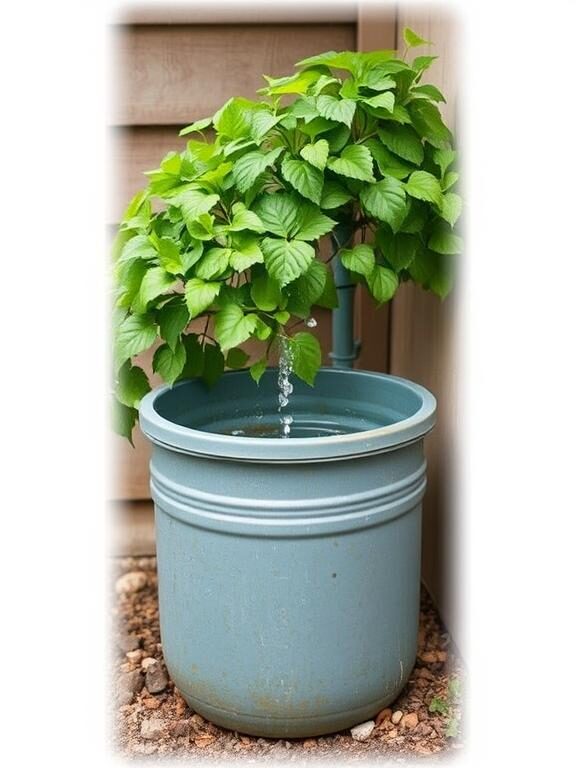Water is one of our most valuable resources, and with rising concerns over water shortages, collecting and reusing rainwater has become a practical and sustainable solution. I started looking into rainwater harvesting when I realized how much water simply runs off our roofs and disappears. A rain water collection system is not only eco-friendly but also a cost-effective way to reduce dependency on municipal water supplies.
Here are five effective methods to harvest rainwater for your home, each with its own benefits and practical applications.
1. Rooftop Rainwater Collection System
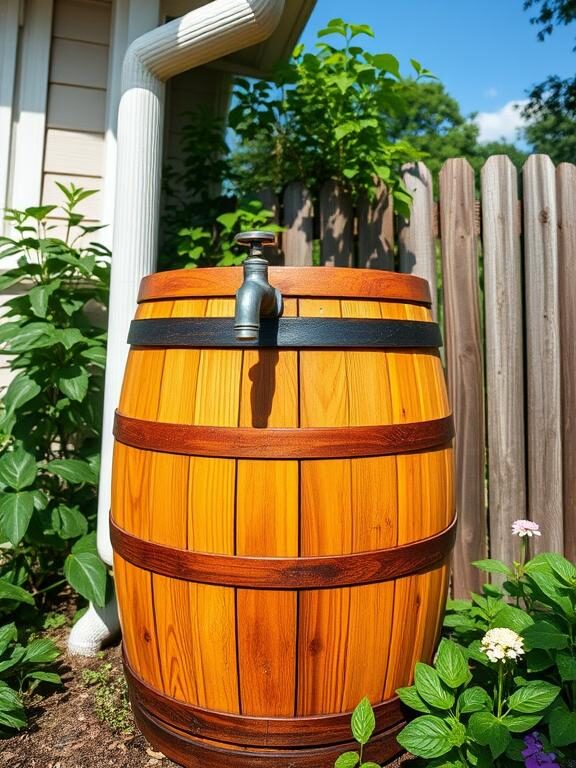
One of the simplest and most widely used methods, a rooftop rainwater collection system directs rainwater from your roof into storage tanks or barrels.
How It Works:
- Gutters and downspouts capture rainwater and channel it into a storage tank.
- A mesh filter prevents debris, such as leaves and dirt, from entering the tank.
- Some systems use first-flush diverters to discard the first few gallons of rainwater, which may contain contaminants.
- Stored water can be used for irrigation, household cleaning, or even filtered for drinking purposes.
Why It’s Effective:
- Ideal for urban homes with limited space.
- Can be easily integrated into existing gutter systems.
- Helps reduce water bills and prevents water runoff issues.
2. Rain Barrels
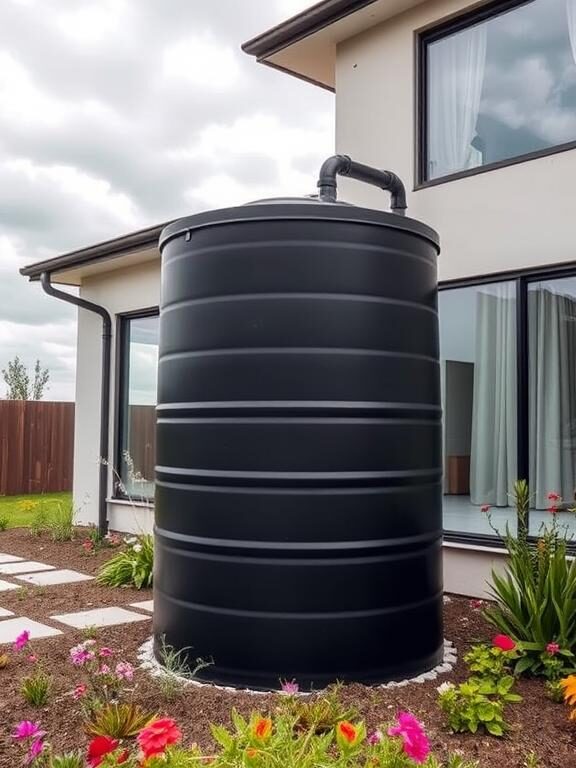
If you’re looking for a budget-friendly way to start rainwater harvesting, rain barrels are a great option.
How It Works:
- A rain barrel is placed under a downspout to collect rainwater from the roof.
- A spigot at the bottom allows easy access to the collected water.
- Some barrels come with overflow outlets to prevent excess water from spilling.
Why It’s Effective:
- Affordable and easy to install.
- Suitable for watering plants, washing outdoor surfaces, and other non-drinking purposes.
- Reduces soil erosion and prevents stormwater runoff.
3. Underground Rainwater Storage System
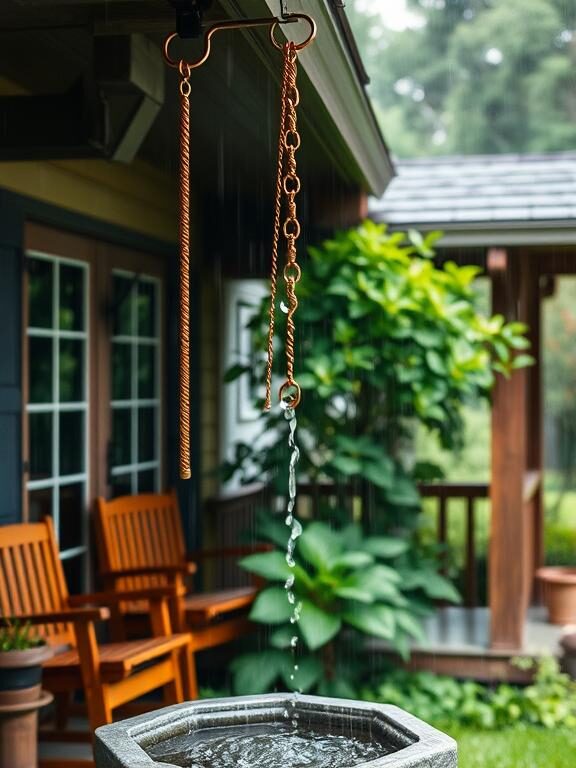
For those who need a larger storage capacity, underground rainwater tanks are a more permanent and space-saving solution.
How It Works:
- Rainwater is collected from the roof and directed into an underground tank.
- The tank is equipped with filtration and purification systems to ensure clean water.
- A pump system allows easy access to the stored water for household use.
Why It’s Effective:
- Keeps water cool and free from sunlight exposure, reducing the risk of algae growth.
- Can store a significant amount of water for year-round use.
- Great for households looking for a long-term sustainable water solution.
4. Permeable Pavement and Rain Gardens
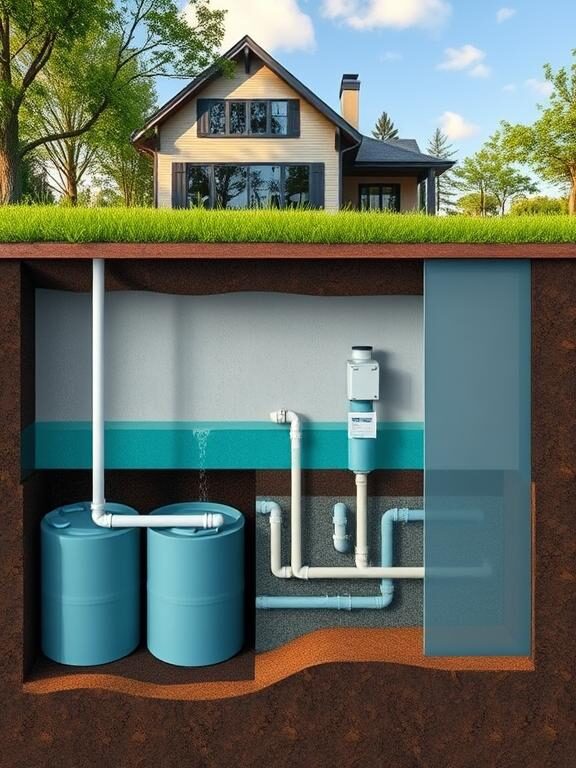
Not all rainwater needs to be stored in tanks—some methods focus on allowing water to naturally seep into the ground to replenish groundwater levels.
How It Works:
- Permeable pavement (made of porous materials like gravel or permeable concrete) allows rainwater to pass through and seep into the soil.
- Rain gardens are shallow, landscaped depressions designed to collect and filter rainwater naturally.
Why It’s Effective:
- Reduces water runoff and prevents flooding.
- Naturally filters water through soil and plants, improving water quality.
- Enhances the aesthetic appeal of your outdoor space.
5. Green Roofs

A green roof, also known as a living roof, is an innovative way to use rainwater while improving your home’s insulation and air quality.
How It Works:
- Layers of soil and vegetation are installed on a waterproof membrane on your roof.
- Rainwater is absorbed by the plants, reducing runoff and keeping the home cooler.
- Excess water is slowly released into the environment, reducing strain on drainage systems.
Why It’s Effective:
- Reduces the heat island effect in urban areas.
- Provides insulation, lowering energy costs.
- Helps manage stormwater naturally and sustainably.
Investing in a rain water collection system is a smart move for anyone looking to save water, reduce utility bills, and contribute to environmental sustainability. Whether you start with a simple rain barrel or go all-in with an underground storage system, every drop collected makes a difference.
So, which method do you think will work best for your home? Let me know your thoughts in the comments below!
